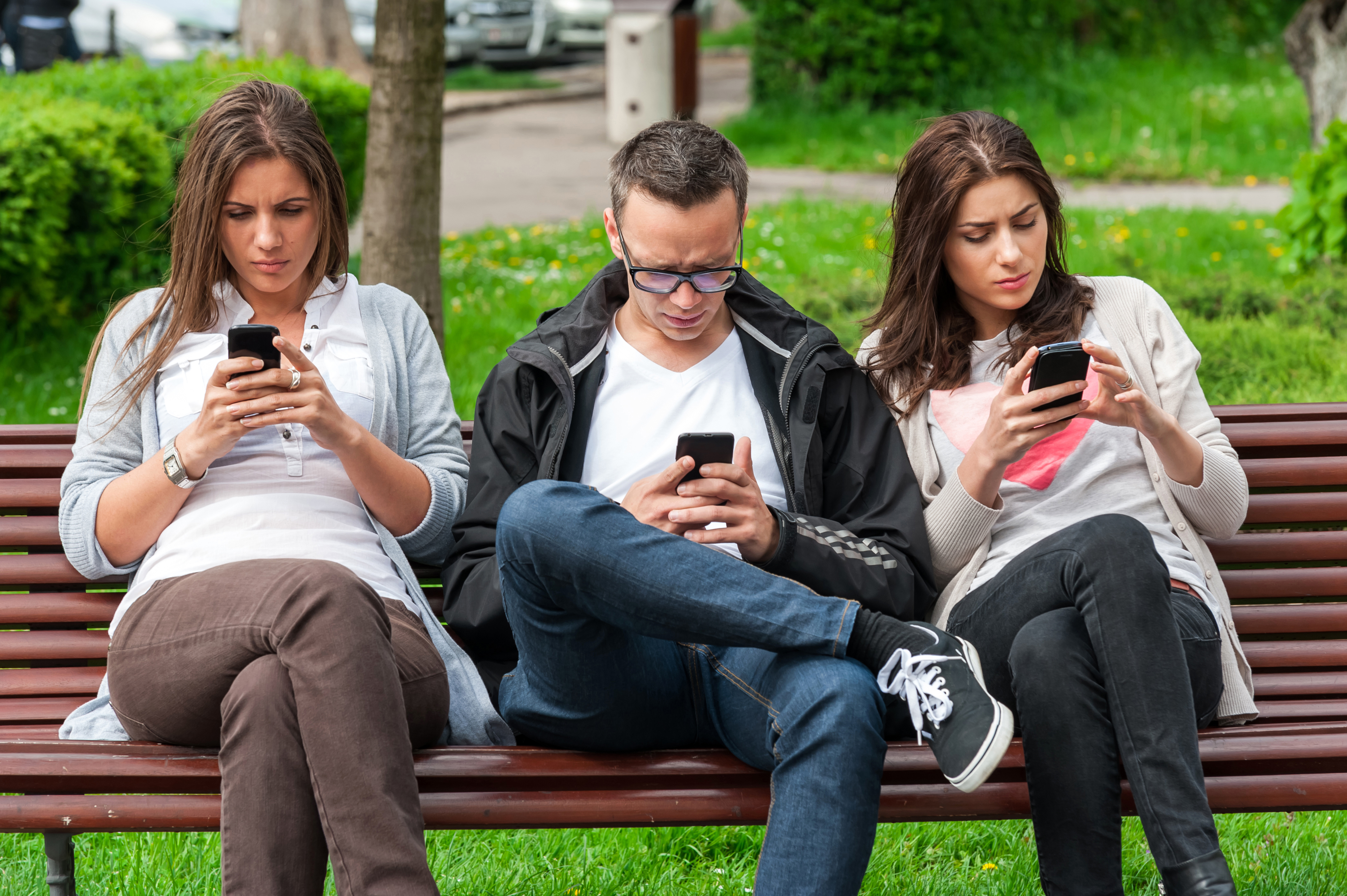In 2004, a cunning, 19 year-old Harvard student launched a website that would change the world. Mark Zuckerberg’s Facebook has made many significant changes within our society. Personally, I find its impact on the way in which businesses interact with the public particularly interesting.
In the past, organisations have heavily relied on traditional communication channels, such as radio and television, to maintain a relationship with consumers and market their products and services to the public. After the launch of social sites such as Facebook, company behaviours have drastically changed (Stack, 2015). Organisations are now heavily focusing on their online presence, often times, more so than other media platforms.
Facebook is a social media site that has especially forced organisations to rethink how they deal with customers (Wagner, 2014). If a customer makes a public complaint on this site, a customer service representative generally responds as quickly as possible. Content on Facebook can travel extremely fast, causing strife for an organisation if a bad experience or product is shared around, hence the need to control this with an online presence. Despite the risk of bad publicity across Facebook, this change for organisations can be very positive if handled correctly. With a tool as interactive and personal as Facebook, businesses can actively establish a closer relationship with consumers and produce a great repour with the public (Meadows, 2015).
Facebook has given organisations the ability to generate a host of effective marketing and public relations tactics and strategies. It allows companies to:
- Get to know their audience.
- Utilize geo targeting, which allows business to reach out to consumers living in specific locations.
- Monitor competitors and their interactions with consumers.
- Share content to consumers instantly.
- Create Brand Awareness.
- Establish user generated content.
- Launch interactive competitions.
- Organise events.
There is no denying that Facebook has completely changed many aspects of our lives, including our relationship with organisations, and the way in which they interact with us. Facebook, among other social media networks have given businesses a brilliant communication tool. These networks, have also given consumers much more power to influence the actions of businesses. Depending on the actions of organisations this change can pose as either extremely beneficial or tremendously detrimental for them.
References:
Dabrowski, D & Schivinski, B. 2015, “The impact of brand communication on brand equity through Facebook”, Journal of Research in Interactive Marketing, Vol. 9 Issue: 1, pp.31-53
Wagner, K. 2014, ‘8 Ways Facebook Changed the World’, Viewed August 23 2018, <https://mashable.com/2014/02/04/facebook-changed-the-world/#UwF_P0G3paqY



